Norovirus (winter vomiting bug)
Norovirus ( winter vomiting bug ) is a highly contagious virus that causes acute gastroenteritis, characterized by inflammation of the stomach and intestines. It is a leading cause of diarrhea and vomiting globally, often associated with outbreaks in closed communities such as schools, nursing homes, hospitals, or cruise ships.
Symptoms of norovirus
Symptoms of norovirus infection usually appear within 12-48 hours of exposure and last 1-3 days. Common symptoms include:
- Watery diarrhea
- Vomiting (more common in children)
- Nausea
- Abdominal pain or cramps
Other less common symptoms may include:
- Low fever.
- Heachache.
- Muscle pain.
- General feeling of weakness or fatigue.
Although it is a self-limiting infection, it can be dangerous for infants, the elderly, and people with compromised immune systems, due to the risk of severe dehydration .
Diagnosis
The diagnosis of norovirus is based primarily on clinical symptoms and epidemiological patterns (e.g., a local outbreak). In specific cases, tests may be performed to confirm the presence of the virus, such as:
- Molecular tests (PCR) : Detection of norovirus genetic material in stool or vomit.
- Immunoassays : Detection of viral antigens (less sensitive than PCR).
These tests are mainly used during investigations of epidemics or in patients at risk.
Therapy
There is no specific treatment for norovirus. Management is symptomatic and focuses on prevention and treatment of dehydration. Key measures include:
- Rehydration :
- Use of oral rehydration solutions (e.g. those containing electrolytes such as sodium and potassium).
- In severe cases or in patients unable to drink, intravenous fluids may be necessary.
- Rest :
- It is important to rest to allow your body to recover.
- Diet :
- After tolerating liquids, you can gradually resume a light and easily digestible diet (rice, bananas, toast, potatoes).
- Medicines :
- Antidiarrheal drugs (such as loperamide) are not generally recommended as they may prolong the infection.
- Medicines to reduce nausea and vomiting (antiemetics) may be helpful in some severe cases, but must be prescribed by a doctor.
Prevention
Norovirus spreads easily through:
Direct contact with infected people.
Consumption of contaminated food or water.
Contact with contaminated surfaces.
To reduce the risk of infection:
Wash your hands frequently with soap and water, especially before eating or after using the bathroom.
Sanitize surfaces with chlorine-containing disinfectants.
Avoid preparing food for others when you are sick.
Wash fruits, vegetables and raw foods thoroughly.
Be careful about consuming shellfish, which can be a common source of contamination.
In high-risk environments, it is essential to implement isolation protocols to prevent transmission.
Laboratory tests:
Rubeotest (Rubella Antibodies) , Toxotest , NDM-1 Superbug , Anti-Varicella Antibodies , H1N1 Influenza A , Influenza A Swab , Blood Count , ESR , Protein C , Mucoproteins , Dengue Fever , Quantiferon TB Gold , HIV (AIDS) , Candida , Brucella , TAS , Swab for beta-hemolytic streptococcus , West Nile Virus Fever , Zika Virus , Borrelia , Corynebacterium , G6pd (Glucose 6 Phosphate Dehydrogenase) , Adenovirus , VCA (IgG and IgM)
Diseases, symptoms and related pages:
Escherichia Coli , Bronchitis , Bronchial asthma , Earache , Headache , Appendicitis , Pediatrics (Childhood diseases) , Malaria , Diseases and symptoms , White tongue , Flu , Cough , Aerosol , Vomiting , Nausea , Diarrhea , Covid-19 , Anosmia , Vaccine dossier , Covid-19: Serological test, salivary swab, molecular , Molnupiravir Lagevrio , Metapneumovirus , Avian influenza , Artificial lymph nodes, Infezioni polimicrobiche

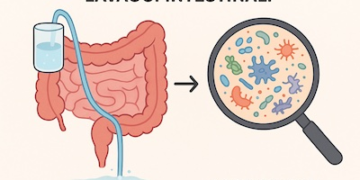














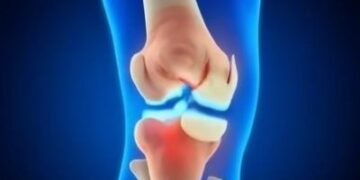

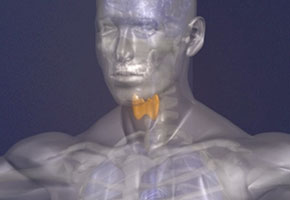
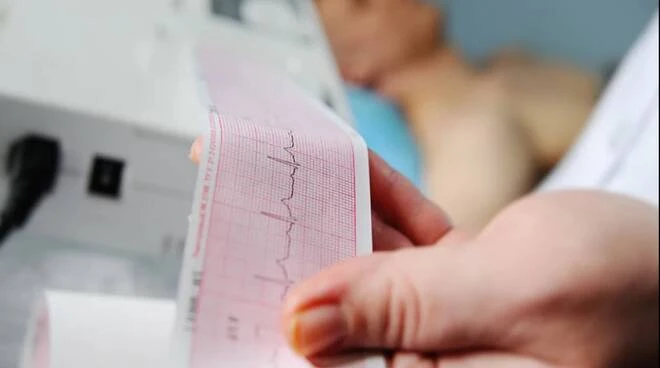

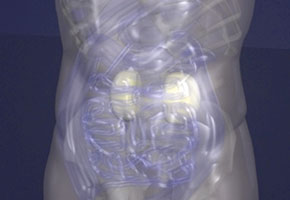

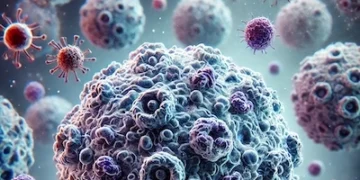







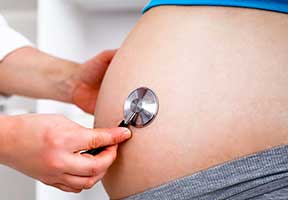

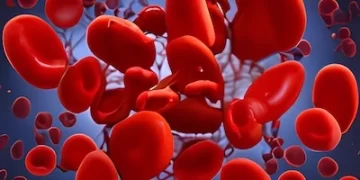






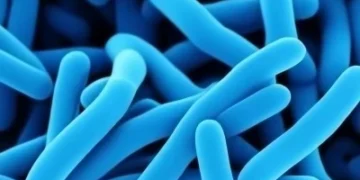


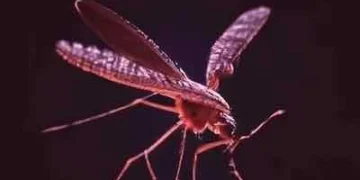
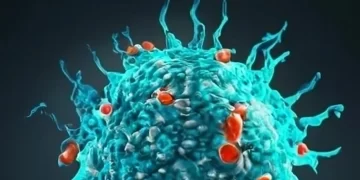
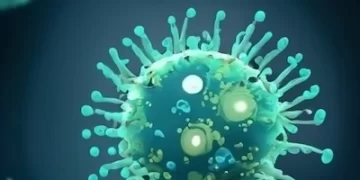





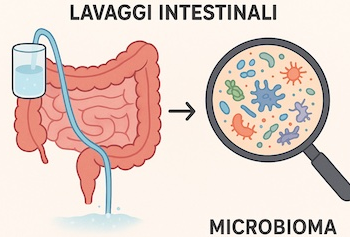




Discussion about this post